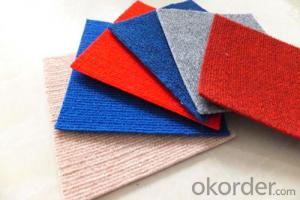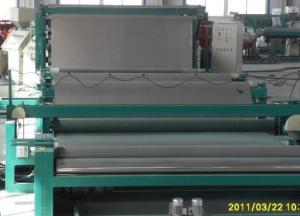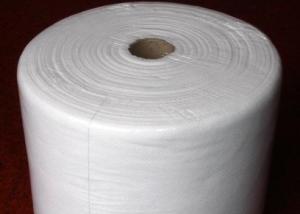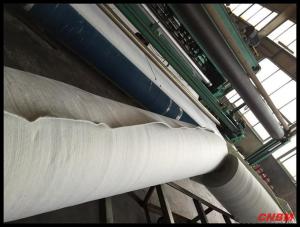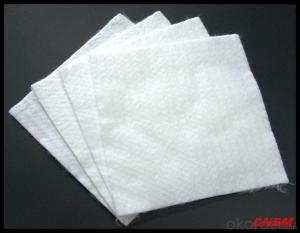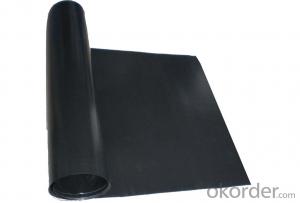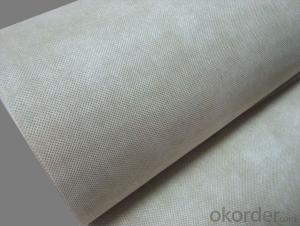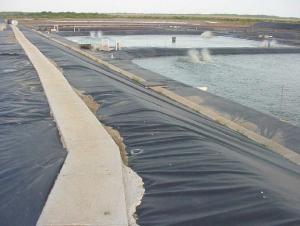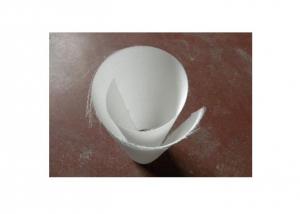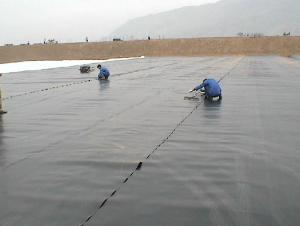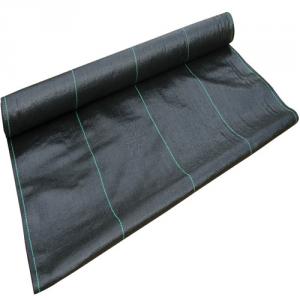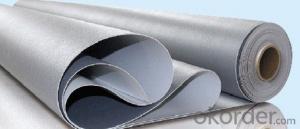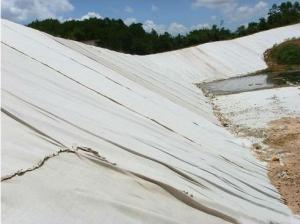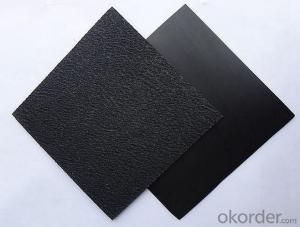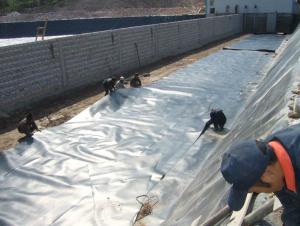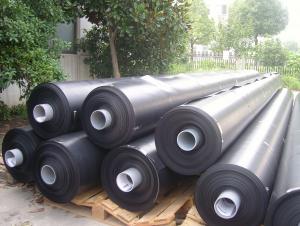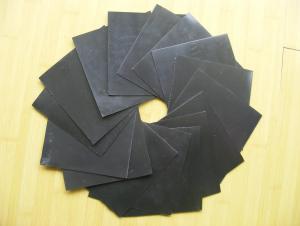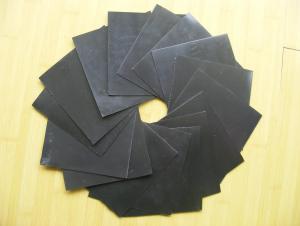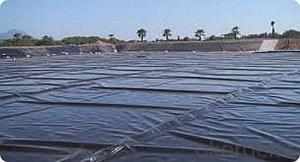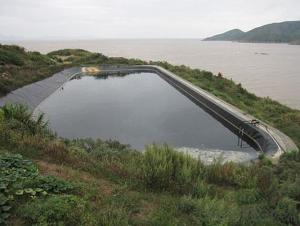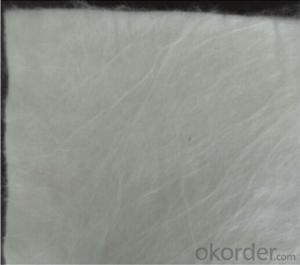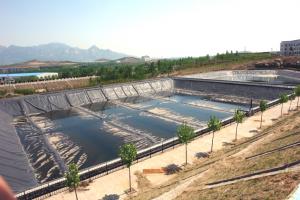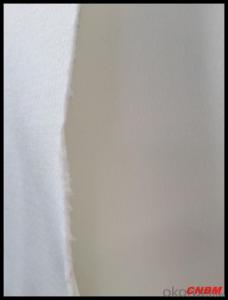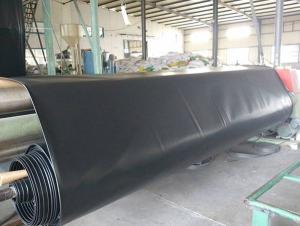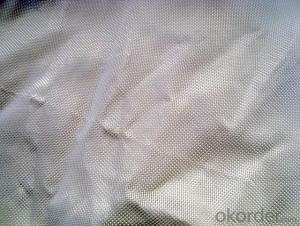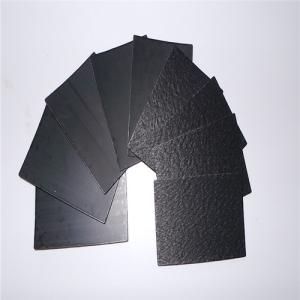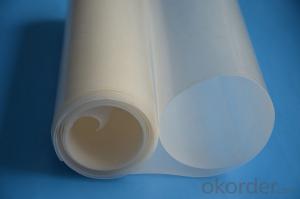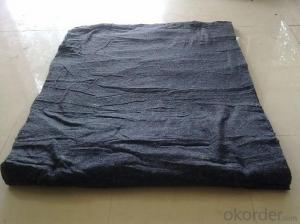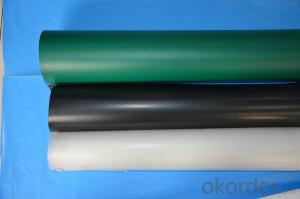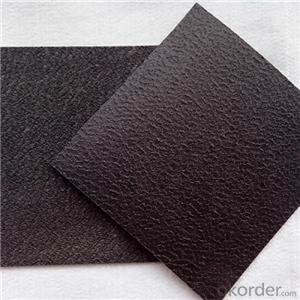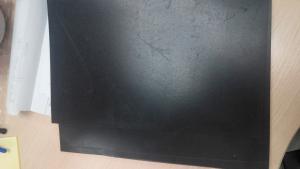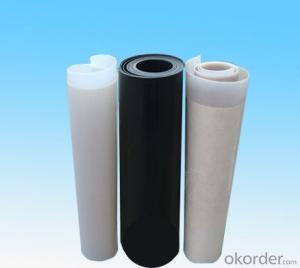Terram Geotextile Membrane
Terram Geotextile Membrane Related Searches
Terram Geotextile Geomembrane Geotextile Textured Geomembrane Geotextile And Geomembrane Geocomposite Membrane Geomembrane Technologies Terpal Geomembrane Landfill Geomembrane Bgm Geomembrane Geomembrane Landfill Megaplast Geomembrane Geomembrane Material Geomembrane Fabric Geomembrane Products Teranap Geomembrane Permeable Geomembrane Terratex Nonwoven Geotextiles Geomembranes Bitumen Geomembrane Geomembrane Technologies Inc Geomembrane Thickness Plastic Geomembrane Geomembrane Company Geotextile Membrane Suppliers Geotextile Mesh Geomembrane Machine Waterproof Geomembrane Geomembrane Cover Geomembrane Containment Geomembrane SystemsTerram Geotextile Membrane Supplier & Manufacturer from China
Terram Geotextile Membrane is a versatile product that is widely used in various civil engineering applications. It is designed to provide separation, filtration, and reinforcement in different soil and construction projects. This material is made from high-quality polymers and is known for its durability and effectiveness in enhancing the performance of various civil engineering structures.Terram Geotextile Membrane is commonly used in applications such as road construction, landfill liners, slope protection, and erosion control. It is particularly effective in situations where soil stabilization and reinforcement are required, as it helps to prevent soil movement and maintain the structural integrity of the project. The membrane also plays a crucial role in filtration, allowing water to pass through while retaining soil particles, thus preventing clogging and maintaining proper drainage.
Okorder.com is a reputable wholesale supplier of Terram Geotextile Membrane, offering a large inventory of this product to cater to the needs of various industries. With a commitment to quality and customer satisfaction, Okorder.com ensures that the Terram Geotextile Membrane they provide meets the highest standards of performance and reliability. This makes them a trusted source for those seeking to purchase this essential material for their construction and engineering projects.
Hot Products
